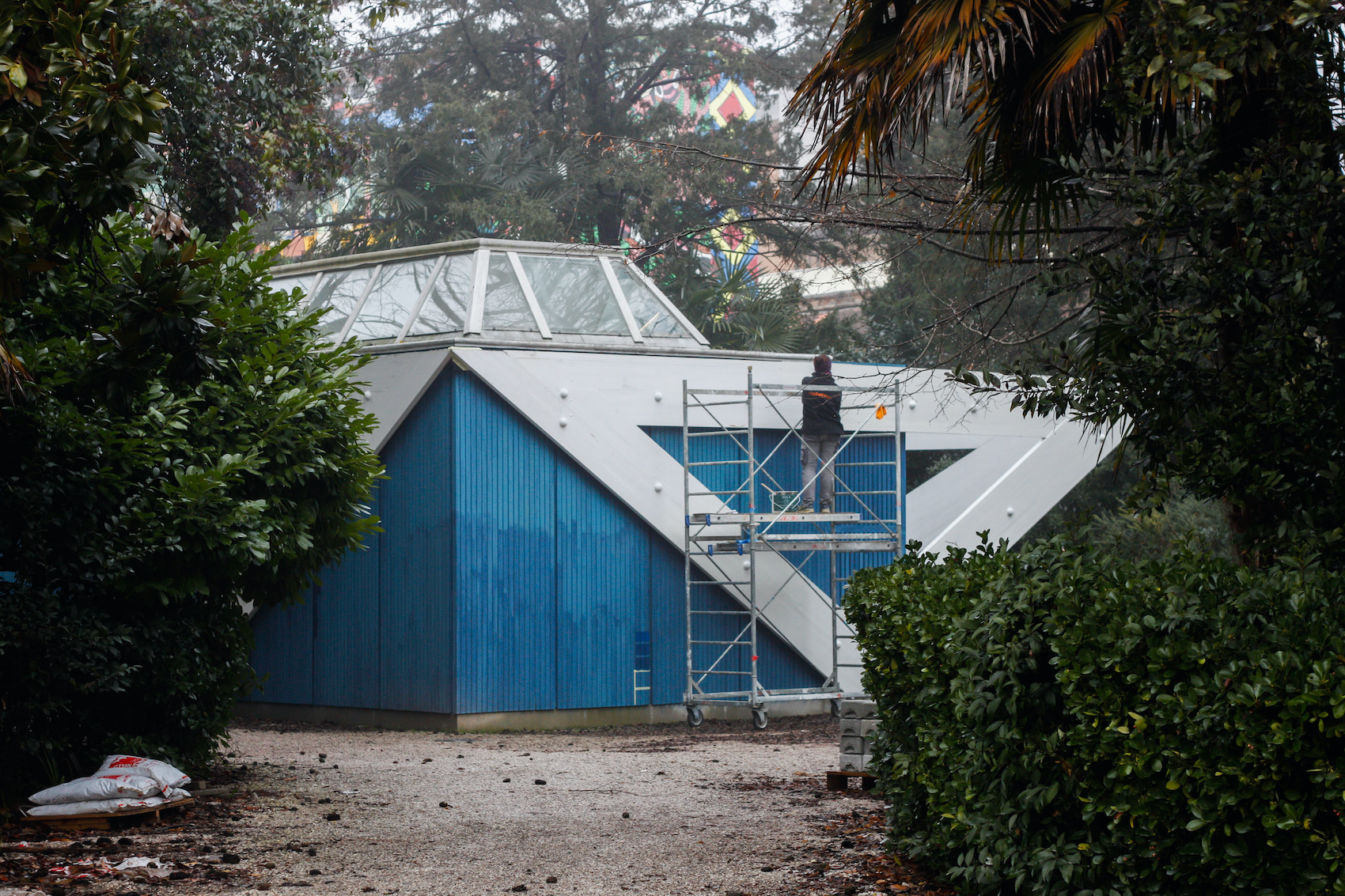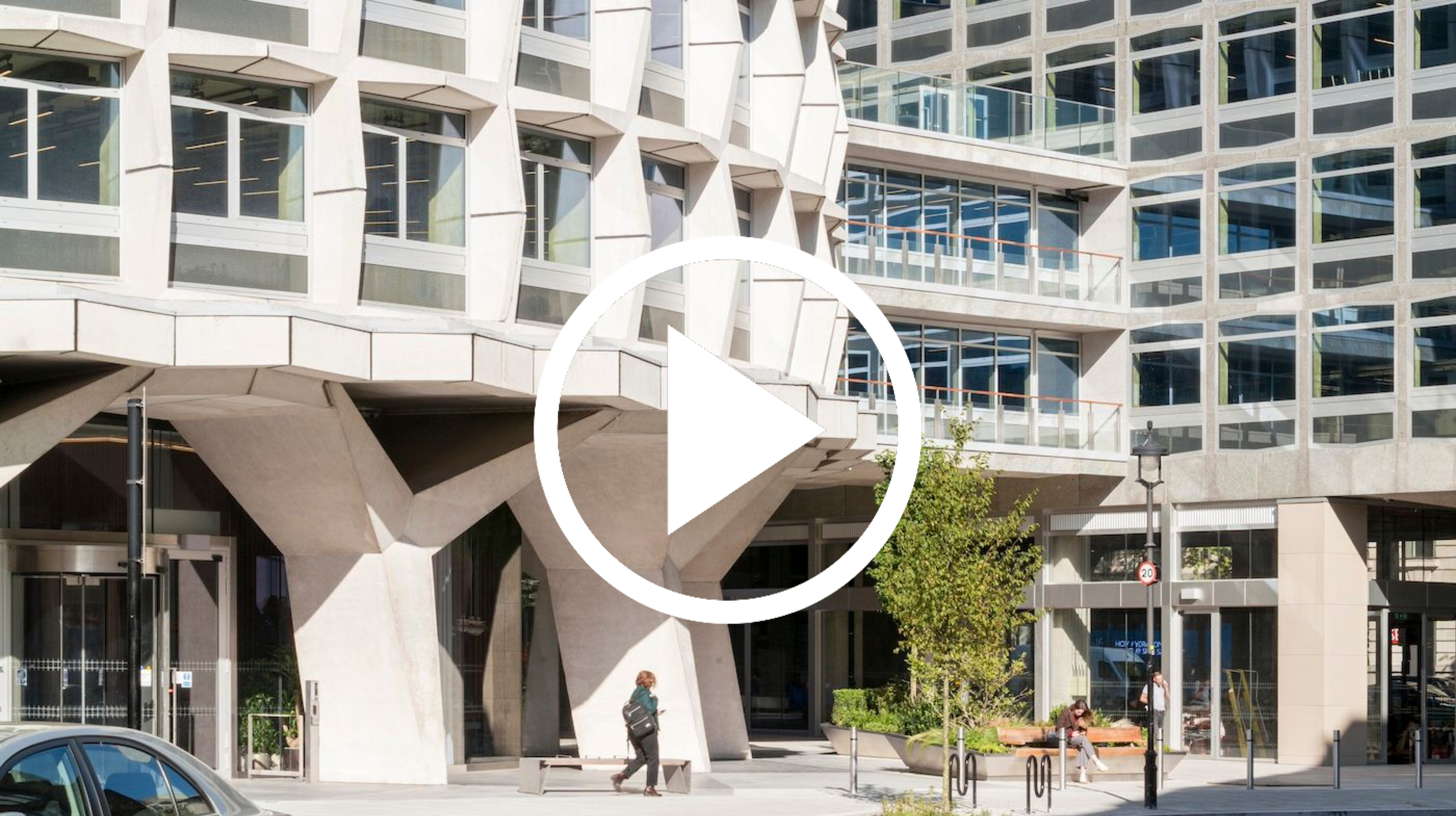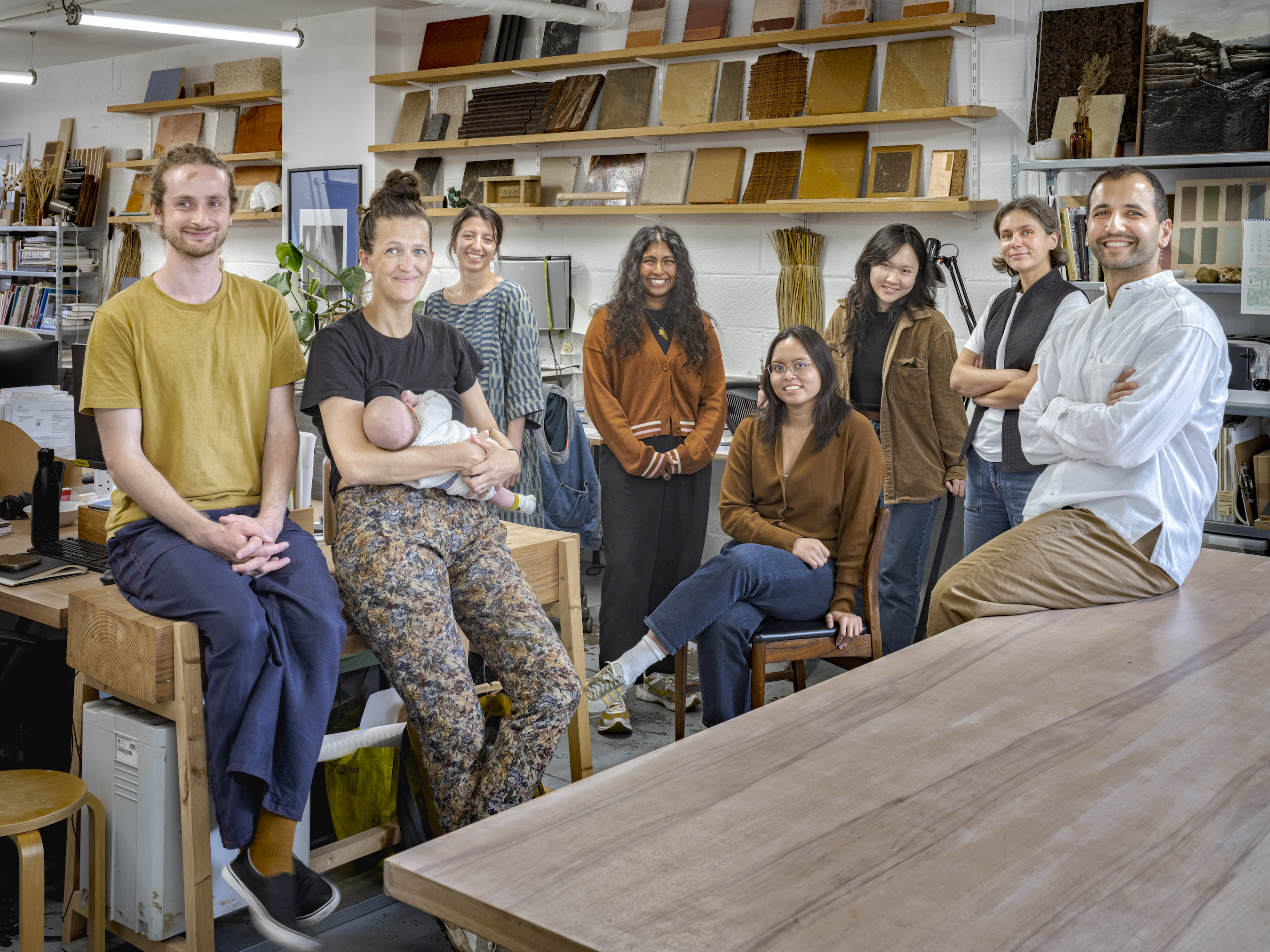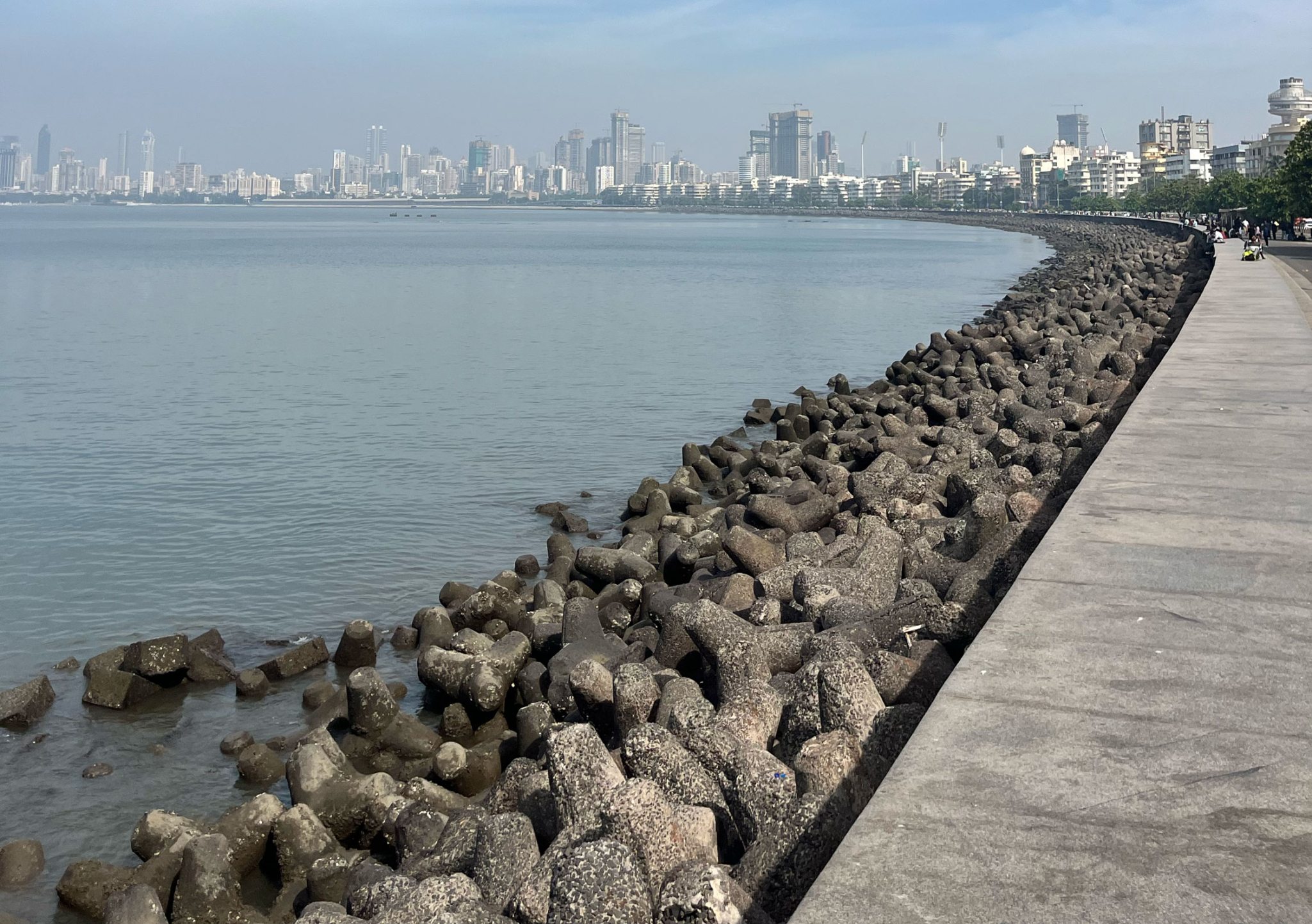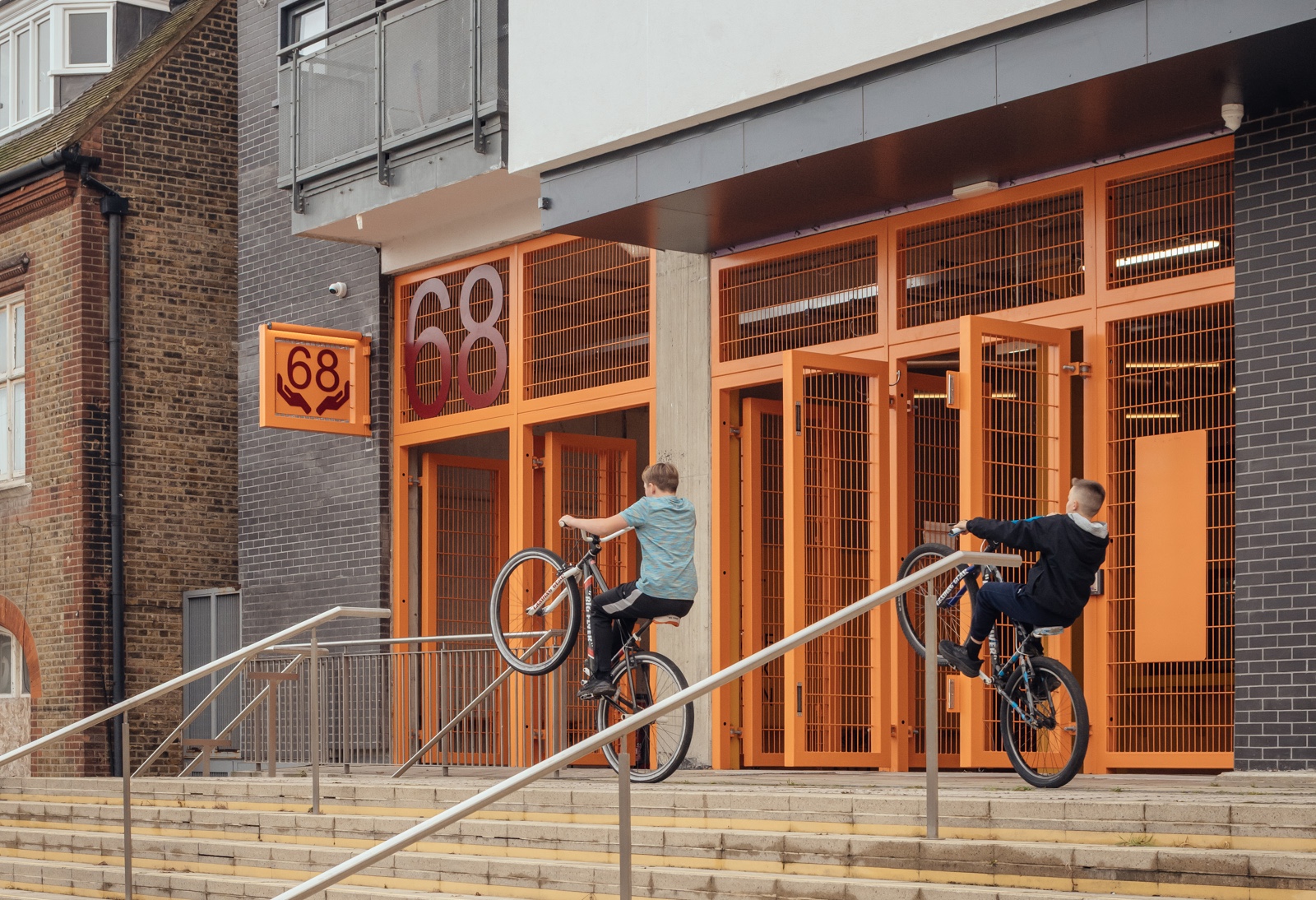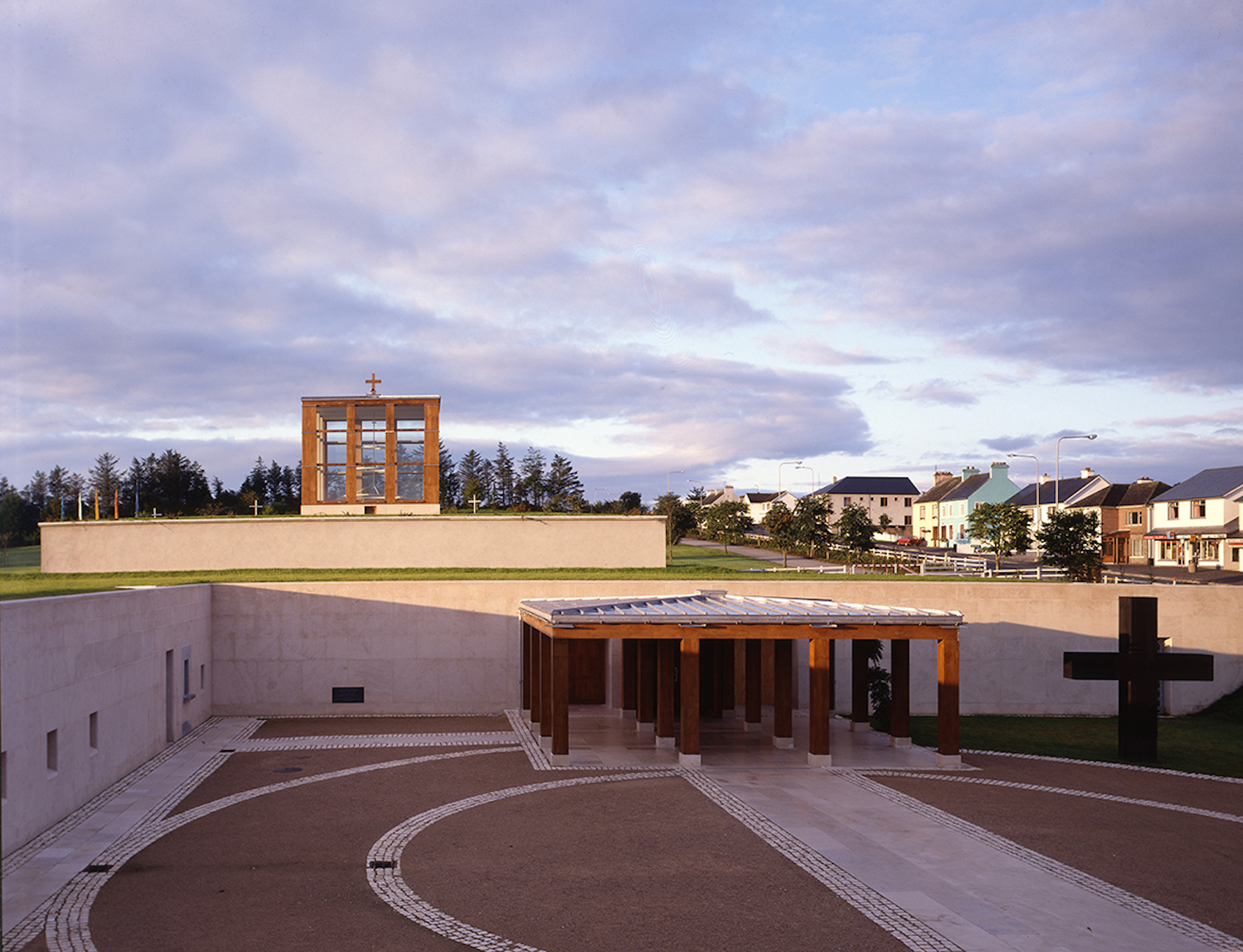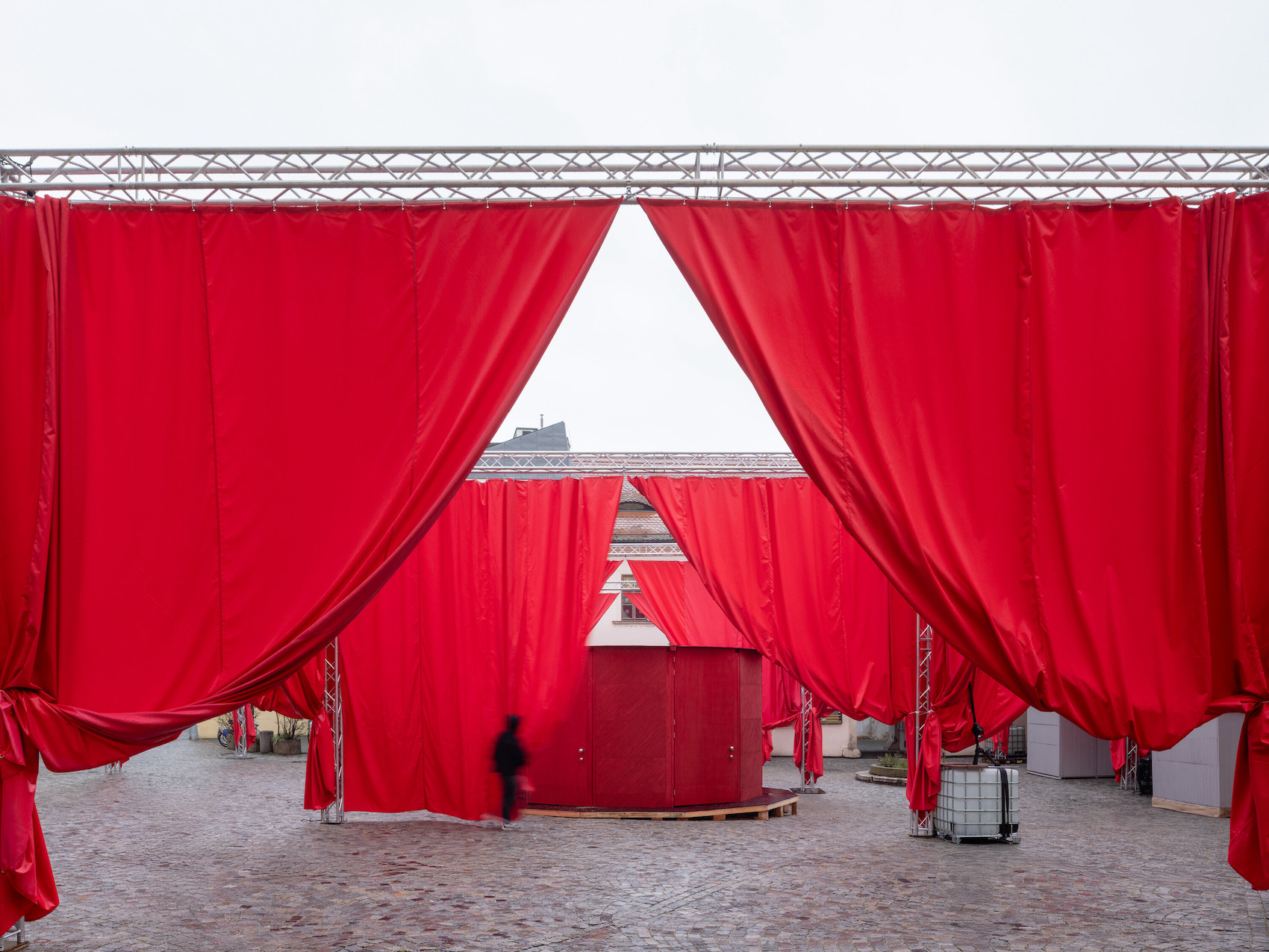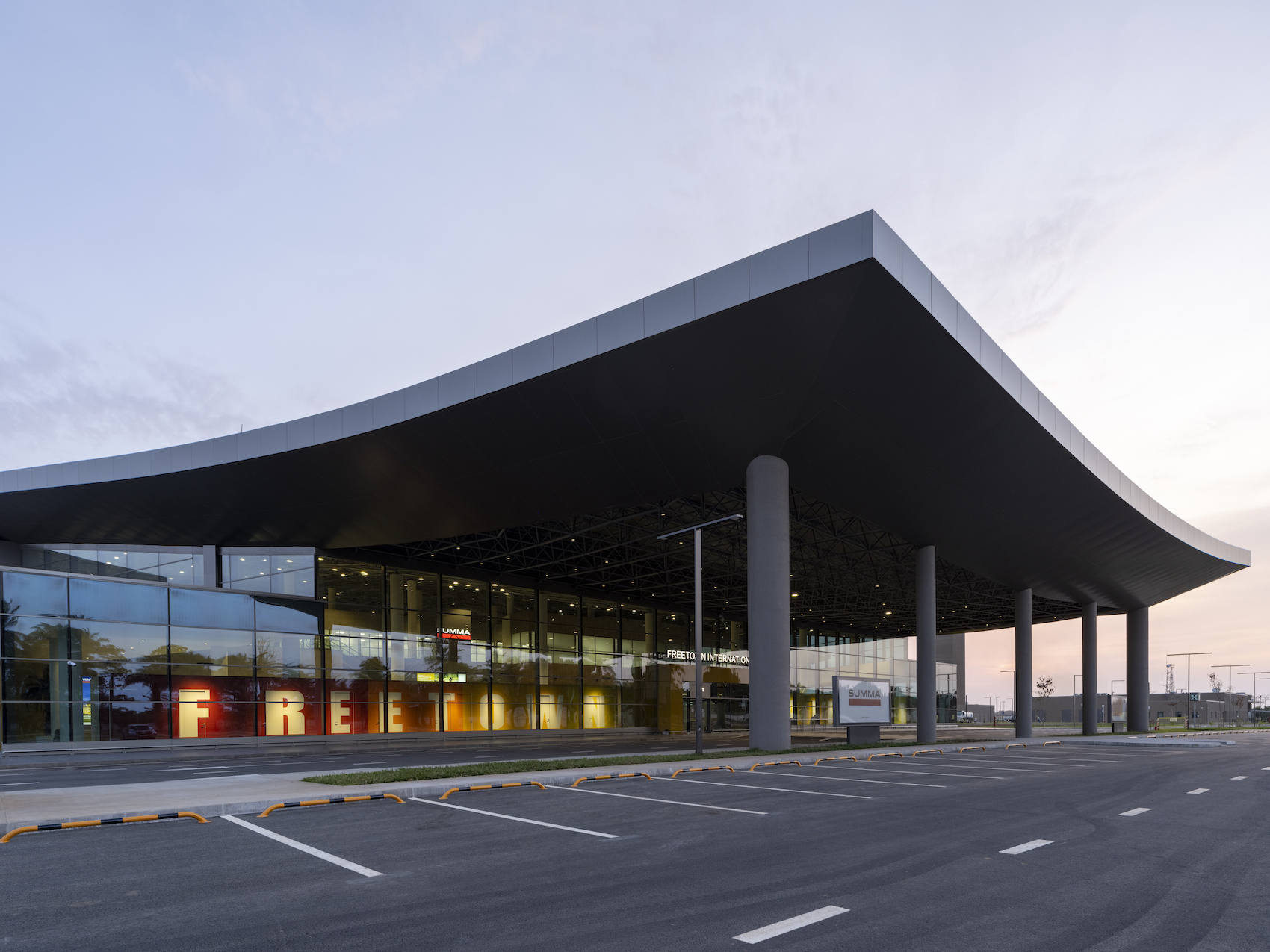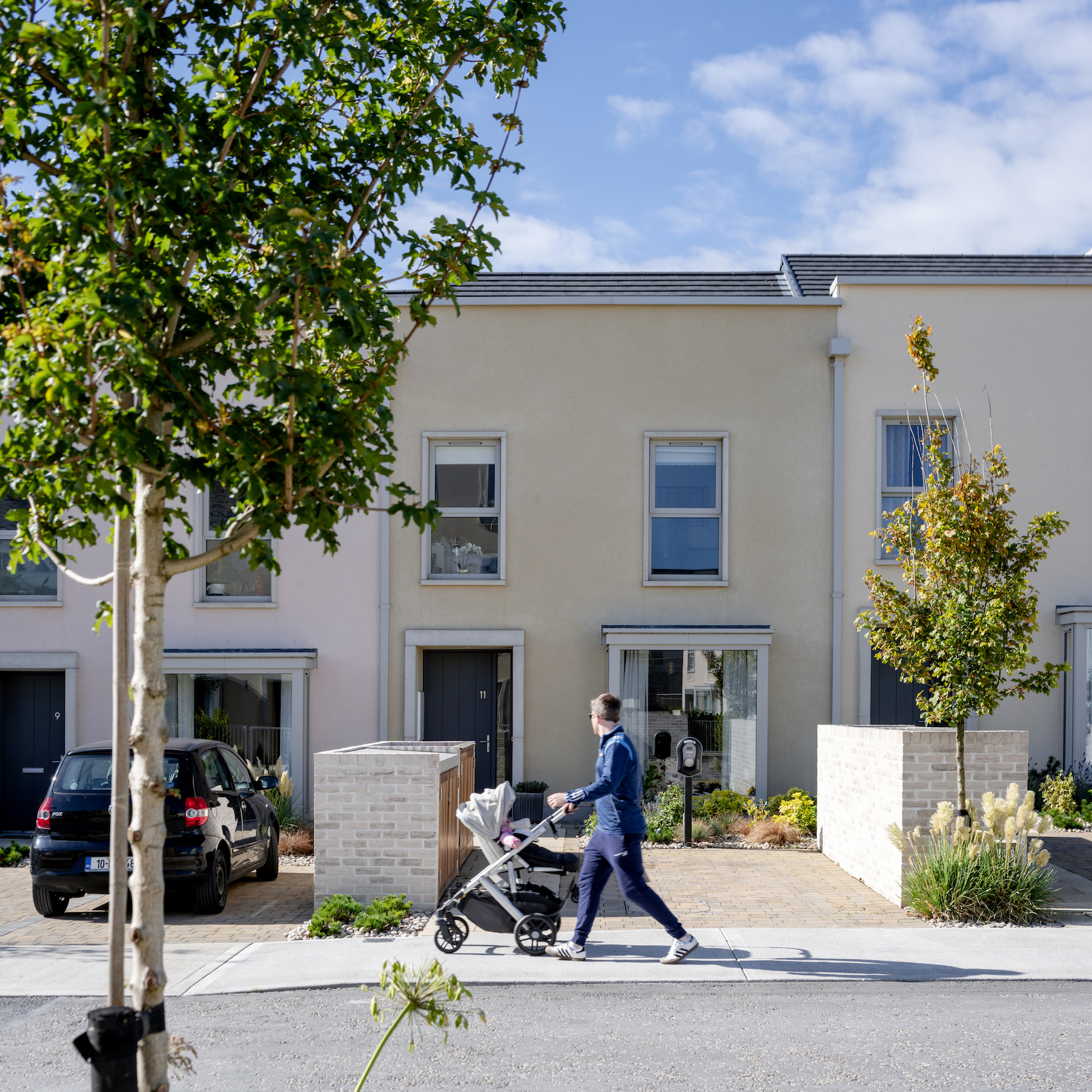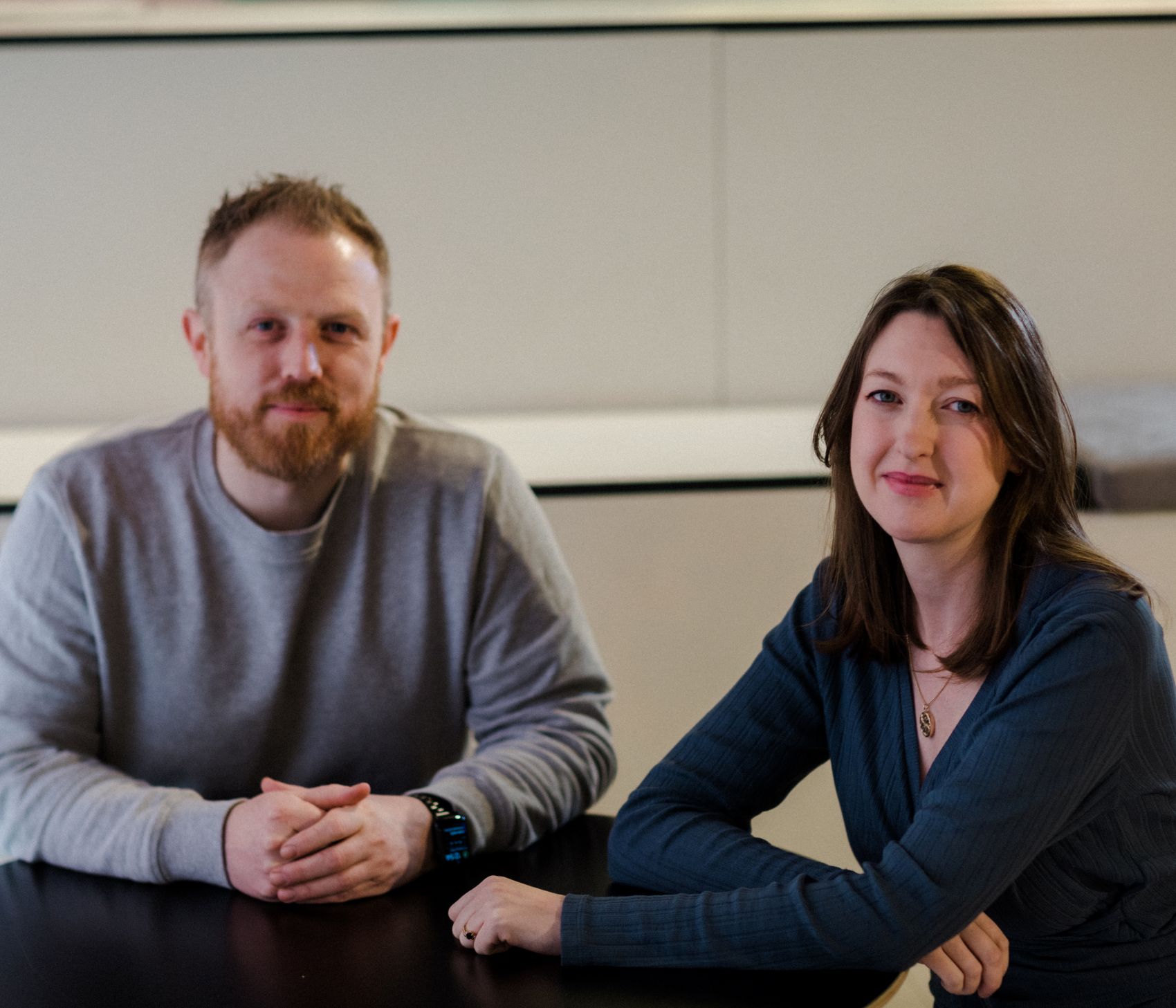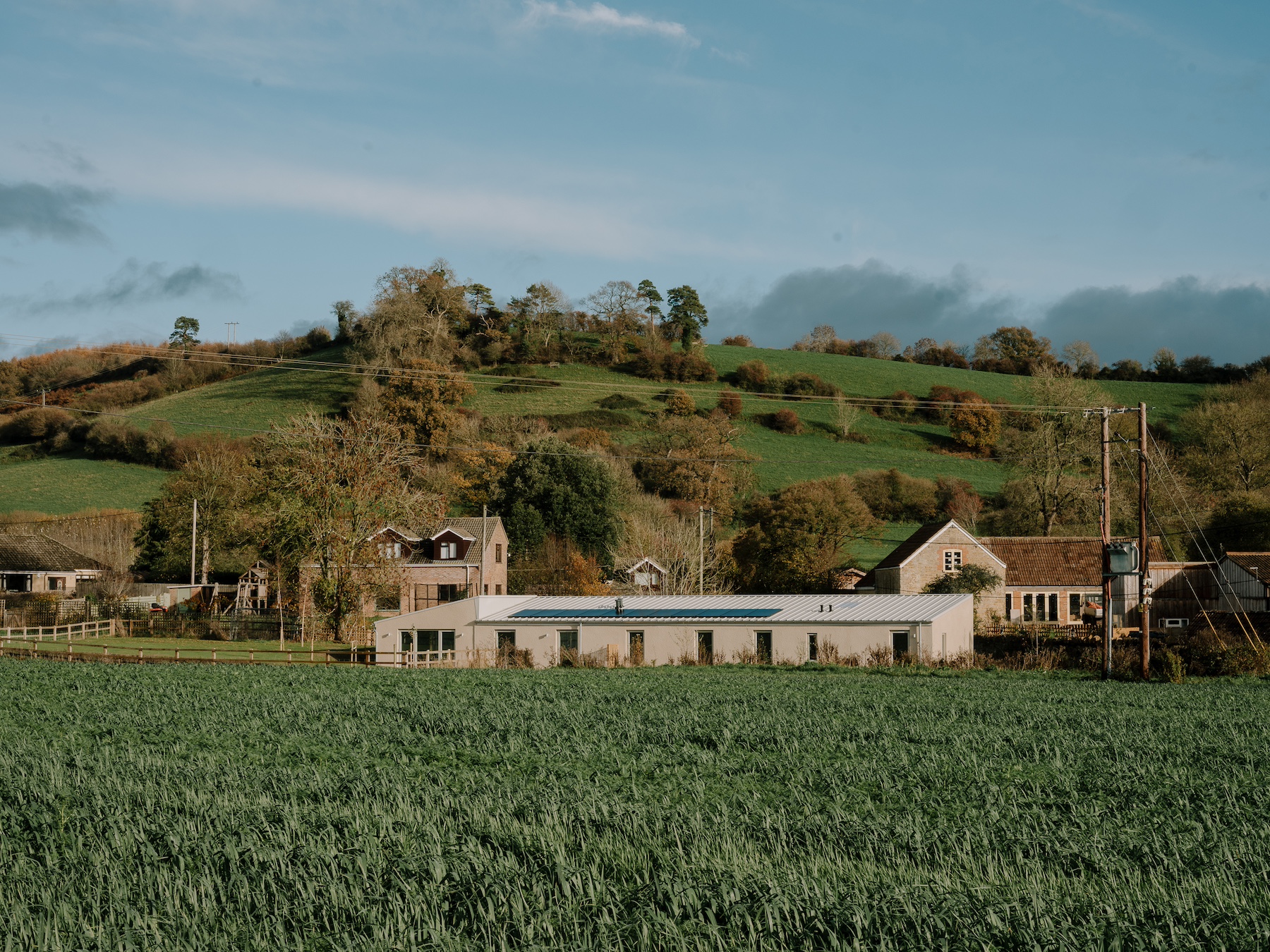AT talks to… the curators of the Finnish Pavilion, Ella Kaira and Matti Jänkälä, at the Venice Architecture Biennale 2025.
What is your pavilion about and how does it respond to the title of Intelligens: Natural. Artificial. Collective?
Architecture of Stewardship seeks to reframe the narrative of the built environment by placing people at its heart. It emphasises that the fate of buildings—whether they endure or fall into ruin—ultimately lies in human hands. Using the story of the Pavilion of Finland in the Giardini, with its layered history of continuous maintenance and numerous restoration efforts, the exhibition presents architecture as a collaborative process. It invites us to recognise our shared responsibility in caring for and preserving our architectural heritage.
We believe that digital archives alone are not enough to store information; much of the tacit, unspoken knowledge is transmitted through oral histories and hands-on practice. This leads us to the concept of the “intelligence of the hand”—a form of embodied knowledge that we see as essential, especially in the context of today’s climate crisis.
What do you want your pavilion to achieve and what do you hope people take away from it?
We want to turn people’s attention to what already exists. The Pavilion of Finland has been preserved because of a good story: a “wooden tent” designed by modernist master Alvar Aalto. However, there are many buildings that do not possess such narratives to bolster their preservation. We believe that, in the age of the climate crisis, all existing buildings should be taken seriously.
By retelling the story of the Pavilion of Finland from the perspective of its stewards we want to draw attention to the labour involved in architecture and all the contributions that come after the original architect’s intent. The exhibition brings alive the memories embedded in the Pavilion’s walls in an immersive audio visual installation from which people are free to draw their own conclusions.
The exhibition is accompanied with a book publication that expands upon our theoretical framework, history of the Pavilion as well as the Venetian context. We believe that approaching the architectural profession as a practice of stewardship enables it to respond to the urgent crises at hand with responsibility for communities, future generations, the planet and the other species that inhabit it. A wealth of knowledge on how to repair our world exists among those who practice stewardship if we are willing to listen.
What other pavilions have been a highlight for you?
We are of course very impressed by the other Finnish contributions such as the Teo Alaruona’s work at the Nordic Pavilion curated by architect Kaisa Karvinen. This year there are also three Finnish contributions in the main exhibition: Jaakko Heikkilä and Emil Lyytikkä’s work Soft Infrastructure, Elina Koivisto and Maiju Suomi’s Alusta Pavilion and Marco Casagrande’s exhibition.
We think that the Danish pavilion has a beautiful hands-on approach to talking about the restoration of their pavilion.
The Estonian Pavilion is fantastic as always. This year they have insulated a Venetian building’s facade.
What else are you excited to see?
We are excited to see The Other Side of the Hill by Beatriz Colomina, Roberto Kolter, Patricia Urquiola, Geoffrey West and Mark Wigley in the main exhibition. We look forward to seeing national pavilions such as Iceland, Luxembourg, Ireland, Japan and Togo.
If you were a student coming to the Biennale for the first time, what would be your advice to them?
We’d propose that they open a conversation with someone new or familiar and discuss what was interesting or insightful in the Biennale—to develop their own voice in reflecting on architecture. Rather than rushing through, they should take the time to absorb the exhibitions that really capture their interest, allowing space for deeper engagement amid the abundance of information and stimuli.

Daniele Canato from Vita Restauri painting the pavilion’s façade in 2025. The cables of the Finlandia sign have been cut at the neighbouring construction site of the Central Pavilion. Photo: Matti Jänkälä.

A cardboard character, Alvar Aalto, overseeing the construction site of the 2021 restoration of the Pavilion of Finland. Photo: Gianni Talamini.
What else are you working on at the moment?
Our architectural practice VOKAL is focused on the existing built environment, guided by a community-centered approach. In addition to design work and teaching, we use storytelling to explore the forces shaping our cities—from real estate interests to social movements—through artistic and research-based projects.
We collaborate with various communities in Helsinki. Geography of Memories is an artistic research project that uses architectural tools and experimental cartography to map the social values of a neighborhood in East Helsinki undergoing large-scale redevelopment.
We’re also developing The Grassroots City, a project documenting grassroots activism, care, and maintenance in urban environments. In Helsinki, we gather insights through interviews with organizations addressing climate change at the neighborhood level.
Following the Venice Biennale, we’ll continue our work at the Cité des Arts residency in Paris. There, we’ll focus on the Grands Ensembles—modernist housing estates—through a participatory drawing project where we encourage the locals to tell their own stories.
Valentina Albomico and Daniele Canato from Vita Restauri washing the pavilion’s façade before painting in January 2025. Photo: Ella Kaira.
The Finnish Pavilion “Architecture of Stewardship” was curated by Finnish architects Ella Kaira and Matti Jänkälä and will run from 10th May until 23rd November 2025 at the Venice Architecture Biennale.






